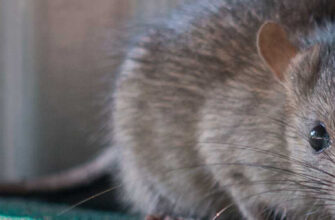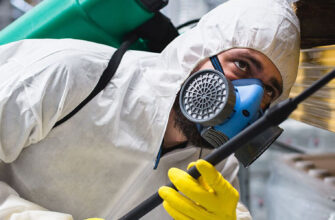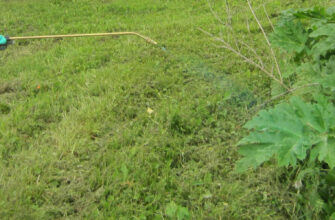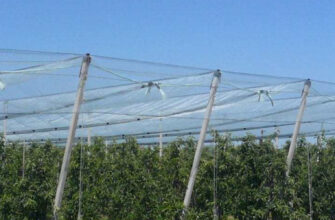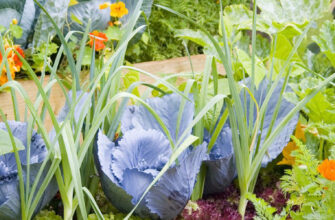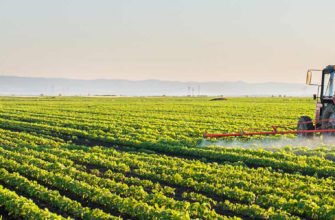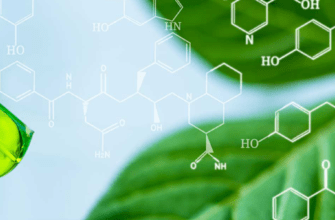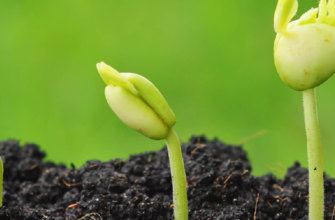The efficacy of each pesticide treatment depends on numerous external factors, with temperature being one of the most critical. Therefore, it is essential to choose the timing of treatments based on environmental conditions.
Main Reasons for Pesticide Ineffectiveness
Spring spraying of crops in open fields is often less effective. This can be due to ambient temperatures falling outside the optimal range for certain compounds. Sometimes, farmers deliberately apply treatments under suboptimal conditions due to heavy pest infestations.
Frequently, unfavorable weather persists for extended periods, causing crops and weeds to progress through their phenological stages. As a result, treatments are carried out “forcibly,” with the understanding that the effectiveness of the application may be limited.
Another reason for the reduced effectiveness of plant protection products in adverse weather is a lack of knowledge. This is often linked to insufficient information on product labels, as manufacturers rarely specify the precise temperature range for optimal use. Different active substances within the same group can vary significantly in their temperature requirements. The properties of the active substance in the pesticide play a crucial role here.
The physicochemical properties of individual substances can differ widely. Some products on the market work effectively at temperatures above +15–20°C, while others require lower temperatures and perform well at +5°C. The upper limit for most plant protection products is typically +25°C.
In agricultural practice, early spring treatments are often conducted at very low temperatures, or conversely, in May or June, when temperatures exceed +25°C. This applies to fungicides, herbicides, and insecticides alike.
Temperature for Applying Fungicides
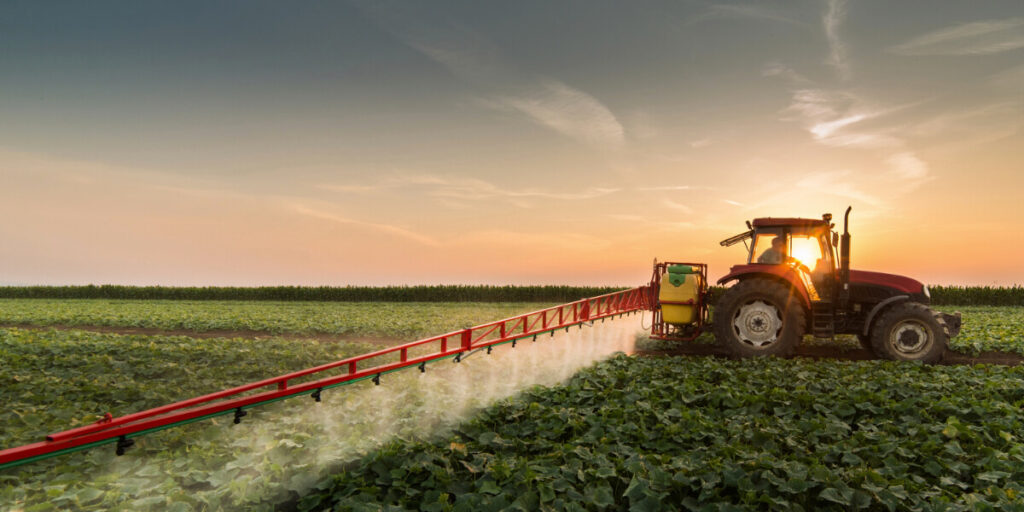
Fungicides are often applied late in the evening or early in the morning during the summer. The effectiveness of most fungicides depends on the speed of biochemical processes in plants, which typically activate at temperatures above +5°C. This allows the active agents to move within the plant, for example, from leaves to roots or vice versa. Higher temperatures accelerate this movement.
At very high temperatures (above +25°C), systemic substances may cause burns, damaging the tips and edges of leaves. Therefore, fungicides in this group are best applied at temperatures of +15–20°C and in overcast weather. Under these conditions, the lowest doses within the recommended range can be used, sometimes even lower than indicated on the label.
For early-stage applications in spring, when temperatures often do not exceed +10°C, fungicides from the morpholine, benzimidazole, or quinazoline groups are recommended. For triazoles, a large and popular group used in cereal and oilseed rape cultivation, effective performance requires temperatures above +12°C, though slightly lower temperatures may still be suitable. Triazole-based mixtures can generally be used at temperatures above +10°C.
Temperature for Applying Insecticides
When treating crops with insecticides, it’s important to consider not only the efficacy of the product but also the activity of pests, which is influenced by ambient temperature. Many insects hide in hard-to-reach places at high temperatures, reducing the treatment’s impact. Therefore, insecticide applications in summer should be conducted in the evening.
At very high or low temperatures, some insects may enter a state of torpor, further reducing treatment effectiveness. In cereal cultivation, the most commonly used insecticides belong to the pyrethroid, neonicotinoid, and organophosphate groups, each performing best within different temperature ranges.
Mixtures of different groups, such as pyrethroids combined with neonicotinoids or organophosphates, are also common. In such cases, the product should be used within the temperature range suitable for both active substances.
For oilseed rape, a different type of insecticide from the oxadiazine group is registered. These products are effective across a relatively wide temperature range, starting at +5°C. Avermectins are effective against pests at +18–20°C, with their efficacy doubling at temperatures above +28°C. Aversectin C, similar to abamectin, exhibits even higher biological activity and lower toxicity (e.g., Aktofit, Proclaim, Vertimec, Aktarofit, etc.).
Temperature for Applying Herbicides
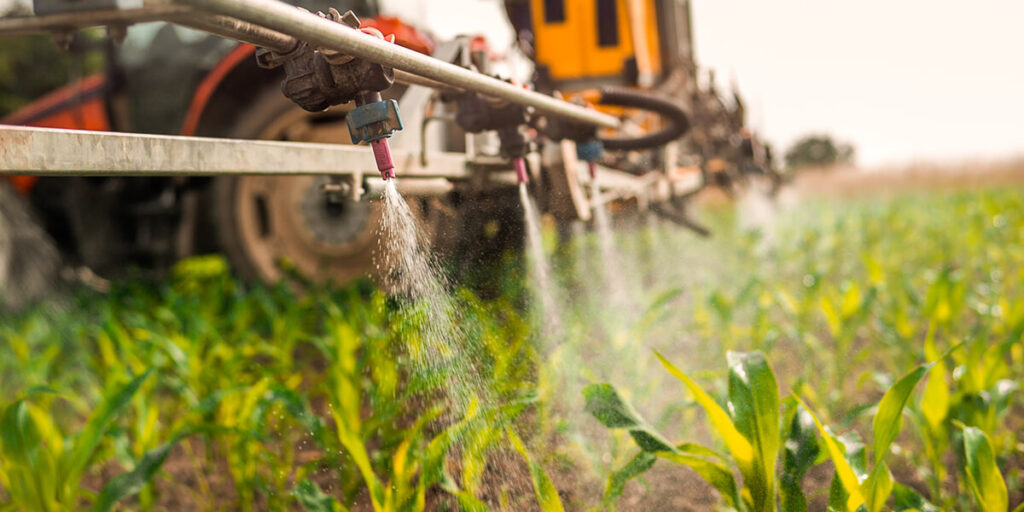
The timing of herbicide applications depends on the active substance and air temperature. Like fungicides, herbicide effectiveness is influenced by biochemical processes in plants, which are temperature-dependent. At lower temperatures, weed metabolism slows down, causing herbicides to be absorbed and translocated more slowly. The optimal temperature range for herbicide application is +10–25°C.
At lower temperatures, plants have more time to break down toxins into inactive compounds, which can reduce treatment efficacy. Initially weakened weeds may resume growth, requiring adjustments to the treatment.
Herbicide applications at excessively high temperatures are less common, as these treatments are typically conducted in autumn or early spring when temperatures rarely exceed +25°C. Substances used in autumn, such as chlortoluron or pendimethalin, are effective at lower temperatures. Chlortoluron, for instance, can be used at temperatures as low as -3°C. However, such treatments are rarely conducted due to technical challenges with spraying and the potential for reduced winter hardiness in some winter cereal varieties at low temperatures.
At temperatures below +10°C, herbicides from the sulfonylurea group, such as tribenuron-methyl, are effective starting at +5–6°C. Phenoxy acid-based agents (e.g., MCPA, 2,4-D) perform best at temperatures above +12°C, with stable temperatures required for the following 6–7 days to ensure full efficacy. Fenoxaprop requires much higher temperatures, performing most effectively above +15°C.
Non-foliar treatments should be applied to dry plants, and significant temperature fluctuations after application, such as nighttime frosts or large day-night temperature differences, should be avoided.
Soil Herbicides
Soil herbicides exhibit the highest efficacy with minimal crop impact in warm weather at +15–18°C. Products based on acetochlor, prometryn, S-metolachlor, propisochlor, and clomazone should be applied early when temperatures are lower, as temperatures above +18°C may harm both weeds and crops.
Systemic Herbicides
The efficacy of systemic herbicides depends directly on sap flow in plants. At significantly reduced or elevated temperatures, sap flow slows, reducing the herbicide’s impact on weeds. However, exceptions exist, such as tribenuron-methyl, which is effective on cereals at temperatures as low as +8°C.
Systemic herbicides perform best at ambient temperatures of +18–24°C. In cool weather, herbicide applications are best done during the day, while in hot weather, early morning or evening applications are preferable.
Additionally, air temperature affects the rate at which crops metabolize active substances. At very low or high temperatures, plant metabolism slows, leading to slower herbicide breakdown. For example, at temperatures below +8–10°C, maize stops developing and cannot neutralize toxic substances. Therefore, treatments should be timed to avoid toxic effects on crops.
Herbicides based on active substances like nicosulfuron, dicamba, clopyralid, fluroxypyr, thifensulfuron-methyl, and metribuzin are sensitive to temperature fluctuations and are best used at +15–25°C.
Contact Herbicides
Contact herbicides are less effective at air temperatures below +8–12°C but become more effective at +18–22°C.
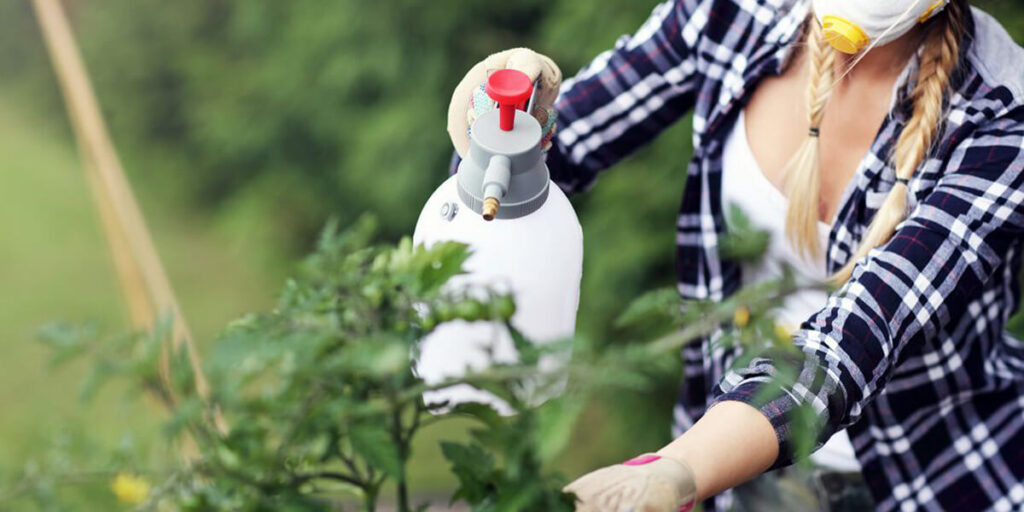
These are general recommendations for applying pesticides based on ambient temperature. Always read the product label before use, as each active substance has specific requirements and nuances for optimal performance.
If you have found a spelling error, please, notify us by selecting that text and pressing Ctrl+Enter.

